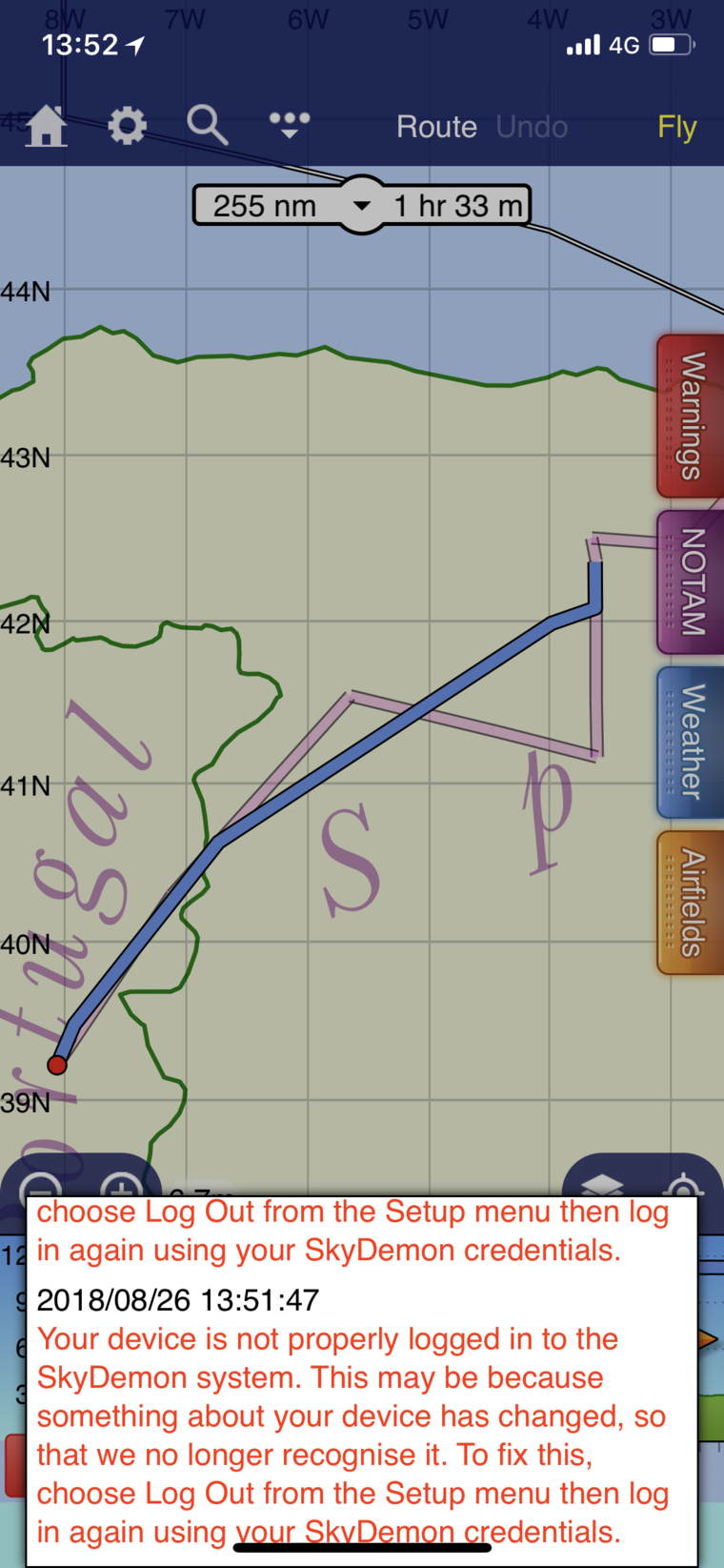A_and_C wrote:
I fly a lot of IFR in Spain and they don’t give directs tracks because of a ruling by Lawyers who have said that if a controler gives a direct routing and there is an incident the controller is personally responsible.
What is true is that if you get a direct, the controller is responsible for obstacle clearance, just as if you had been given a vector. Depending on the terrain and how easy it is for controllers to access minimum altitude data, it could make controllers reluctant to issue directs for flights on levels close to the minimum.
The pilot-in-command is always responsible for terrain clearance, except when being radar vectored the controller is responsible too.
nobbi wrote:
The pilot-in-command is always responsible for terrain clearance, except when being radar vectored the controller is responsible too.
That’s what I thought, too. But the responsibility of the controller does extend to direct routings.
PANS-ATM:
8.6.5.2 When vectoring an IFR flight and when giving an IFR flight a direct routing which takes the aircraft off an ATS route, the controller shall issue clearances such that the prescribed obstacle clearance will exist at all times until the aircraft reaches the point where the pilot will resume own navigation. When necessary, the relevant minimum vectoring altitude shall include a correction for low temperature effect.
The other day we were a flight of 2 and the plane ahead tried to get a shortcut for this huge dogleg. Controller wouldn’t bulge. I cancelled IFR and proceeded VFR. He then called the others and said something along the lines of “you heard what your friend just did, I cannot suggest it to you but maybe that’s a solution to your issue”

@ Airborne_again
thanks for that PANS ATM update – new to me – but good when controllers watch out …
nobbi wrote:
thanks for that PANS ATM update – new to me – but good when controllers watch out …
I found out when controllers refused me a IFR descent clearance to the minimum possible enroute altitude when flying to my uncontrolled VFR home field. After a discussion (on the phone) they told me that according to regs. they couldn’t clear me below the minimum vectoring altitude. I first found that hard to believe but after checking with PANS-ATM it turned out they were right! Flying to an airport without an IAP is, of course, “off an ATS route”.
Airborne_Again wrote:
until the aircraft reaches the point where the pilot will resume own navigation
This seems to indicate that obstacle clearance by ATC is only provided during vectoring, because clearing somebody DCT is still under own navigation.
For me this means: vectoring, then “resume own nav” => ATC provides sep from terrain ’till the cleared fix.
own nav, then “direct to” => pilot responsible for terrain sep.
airways wrote:
This seems to indicate that obstacle clearance by ATC is only provided during vectoring, because clearing somebody DCT is still under own navigation.For me this means: vectoring, then “resume own nav” => ATC provides sep from terrain ’till the cleared fix.
own nav, then “direct to” => pilot responsible for terrain sep.
So how do you interpret the “and when giving an IFR flight a direct routing which takes the aircraft off an ATS route” bit?
To very belatedly answer AART, this is what I had been told when about ten years ago Spanish ATC stopped giving airliners direct tracks and insisting on flight plan route and never giving a more favourable flight level, about the same time all visual approach clearances stopped being given.
This restrictive practice must have cost the airlines a lot of money, the good thing is that over the last few months I have seen a softening of the restrictive practice and have been given a few direct routes and more favourable flight levels, the flexibility of Spanish ATC is not yet up to that of the rest of Europe but it is improving.
So how do you interpret the “and when giving an IFR flight a direct routing which takes the aircraft off an ATS route” bit?
I take this as vectoring an aircraft to shorten the route. Sometimes a fix is not available for the shortcut you can give, but a vector does the trick perfectly.